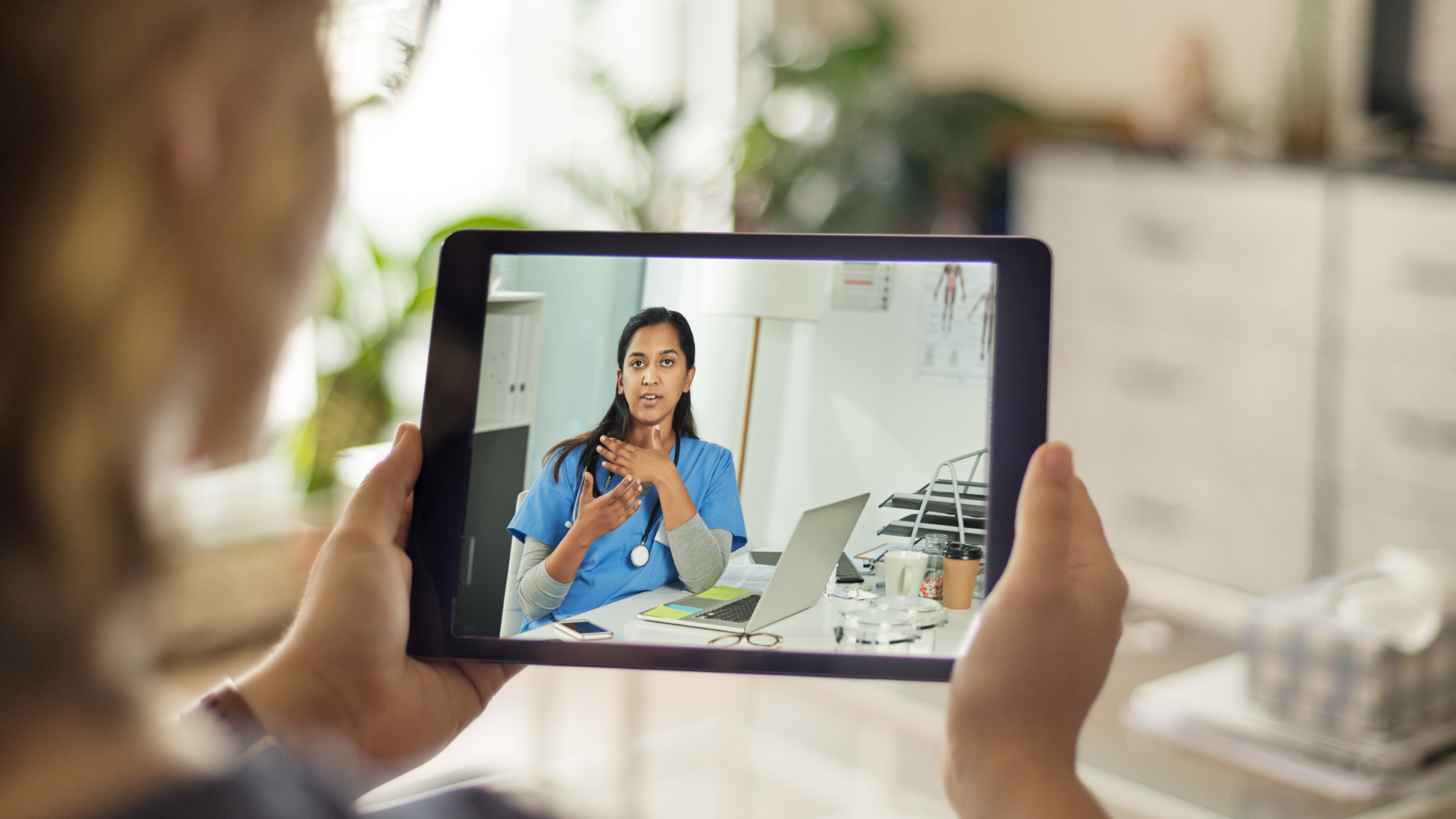Blog Post
Telehealth Gone Wrong? Not After These Videos

“I often say to physicians, especially doctors that have been in practice for a while, we have a sixth sense about things—don’t ignore that.”
In a just-released video series, called “What Not to Do: Telehealth Lessons Learned,” David L. Feldman, MD, FACS, speaks to clinicians and administrators delivering telehealth services—an unfamiliar mode of care for some of them before the start of the COVID pandemic. Dr. Feldman is a surgeon in New York who is a telehealth expert and CMO for The Doctors Company and TDC Group, a leading provider of medical professional liability insurance and risk and patient safety services.
Virtual visits can involve patients calling into their video appointment from the supermarket…fuzzy computer screens during examinations…even doctors “visiting” the wrong patient. These challenges and more present additional clinical and liability risks to busy practices delivering telehealth.
The video series was a brainchild of Candello and TDC, a member of Candello’s national collaborative of malpractice insurers who pool malpractice data and share expertise. Candello is a division of CRICO with a database representing a third of all open and closed malpractice cases in the U.S..
Although the number of negligence lawsuits based on this mode of care is relatively small, the two companies shared a concern that a push to utilize the technology in new ways, with providers and practices who are unfamiliar with the processes, could lead to a rise in those claims.
“It’s fairly new for some providers, and so many places have been fully occupied just standing these services up, that the opportunities for QI education and training to do it well haven’t necessarily always been there,”
says Pat Folcarelli, RN, PhD. She is Vice President for Patient Safety at CRICO and a featured speaker in the series.
The videos series has five modules, each focused on a specific area of telehealth care including Clinical, Technical, Legal, and Equity considerations, as well as Managing Unexpected Events. Each of the five “Lessons Learned” videos starts with a 25-second dramatization by actors to provide a typical problem scenario, followed by a brief series of interviews providing expert advice and recommendations to mitigate risk related to the given topic.
Some of the subject matter for the videos was drawn from guidance documents recently published by CRICO’s AMC PSO: “Patient Safety Guidance for the Virtual Visit,” “Informed Patient Refusal in Virtual Care,” and “National Safe Table Advisory: Detecting and Reporting Patient Safety Risks in Virtual Care Delivery.”
Clearly much good has come from the employment of telehealth services, especially providing access to underserved areas or disadvantaged populations. And it is improving some routine care that can be done more safely and better virtually.
Still, there was enough concern about a lack of experience and training about how to handle these scenarios, that these two national medical professional liability insurers—equally committed to improving patient safety—decided a video series on how to do it well is widely needed—and that need will be ongoing.
“I think telehealth has a lot to offer but it’s not a panacea, and it shouldn’t be the only way we interact with patients,”
says Lee Schwamm, MD, a vascular neurologist and the Director of the MGH Center for TeleHealth at Massachusetts General Hospital in Boston on one of the videos. “It should be complimentary to in-person care and we should use the vehicle best suited to address the medical problem in the most convenient, patient centered, and cost-effective way.”
Watch Video Series
"What NOT to Do: Telehealth Lessons Learned"
Also see Press Release:
Candello and TDC Group Join Forces on Patient Safety Video Series
Related Blog Posts
19th US Surgeon General from Boston


Comparative MPL Data Available

Highlights of the Candello Summit

